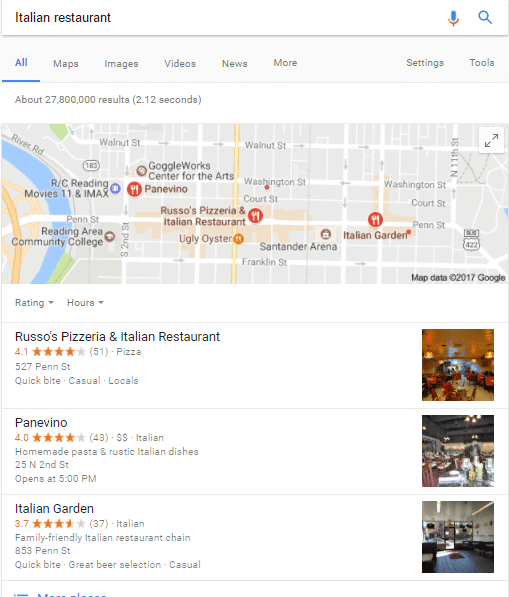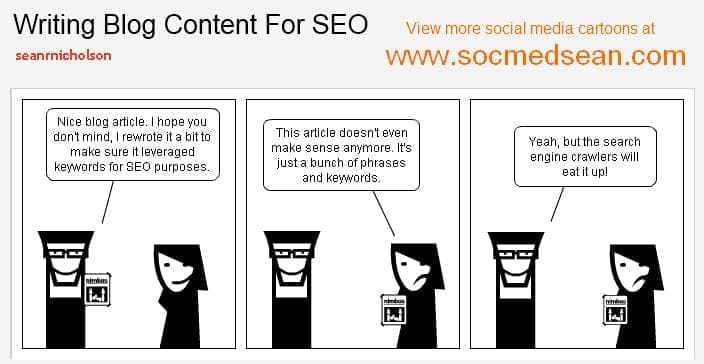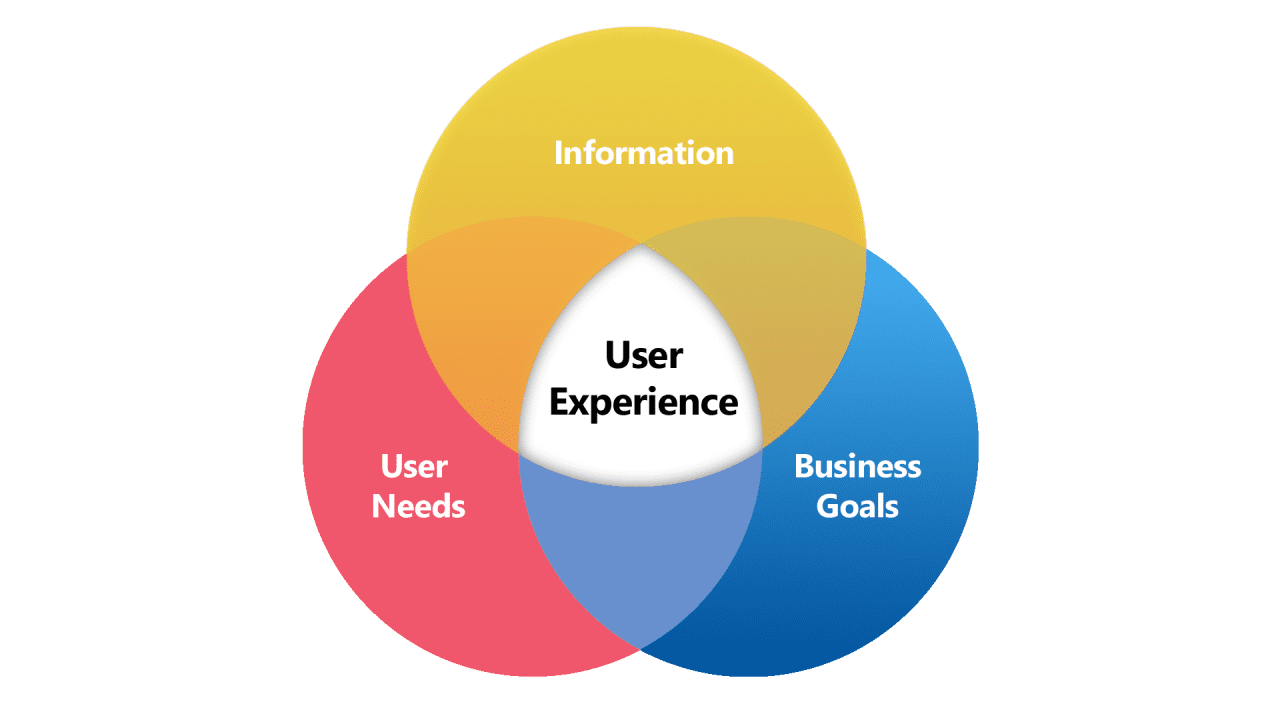Inbound marketing is the methodology of attracting customers by creating valuable and relevant content experiences tailored to potential customers. The process of inbound marketing requires your content to be tailored toward your target audience and buyer personas and their needs. Inbound marketing forms a connection by solving problems that your potential customers have.
What is the Inbound Method?
The inbound methodology is focused on growing your company by building meaningful, lasting relationships with consumers, prospects, and customers. It’s about helping and empowering people to reach their goals at any stage in their customer journey with you. When they succeed, your company will succeed and increase the likelihood of customer retention as well as referrals.
Inbound Methodology is often used in 3 ways:
- Attract: getting the right people with valuable information and actions to establish you as a trusted advisor that they want to engage with. Engage: provide insights and solutions that align with their problems and goals so they are more likely to buy from you. Delight: deliver guidance and support to help your customers succeed with their purchase.
- Engage: provide insights and solutions that align with their problems and goals so they are more likely to buy from you.
- Delight: deliver guidance and support to help your customers succeed with their purchase.
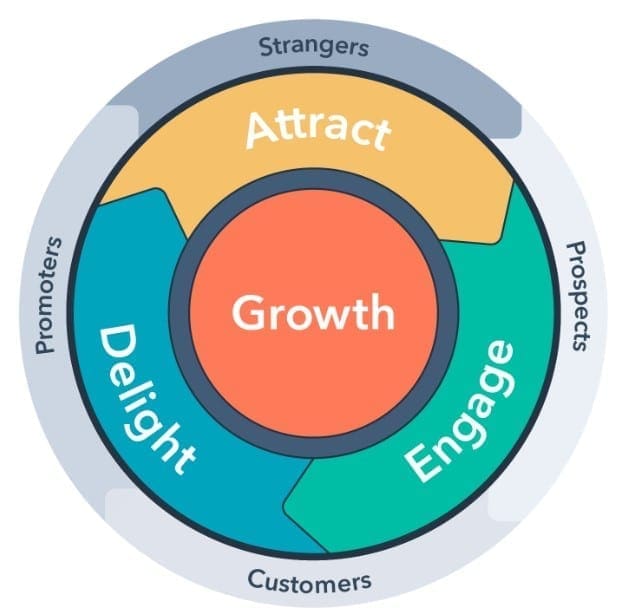
Types of Inbound Strategies
There are three inbound strategies that will help you market to your target audience through the inbound model. Each of these strategies will help your business grow better. Below are the types of inbound strategies:
- Attracting Strategies drive traffic from your buyer personas and target audience by creating and publishing content that provides value and helps potential customers to solve their challenges.
- Engaging Strategies will communicate and connect with leads and customers to build long-term relationships with your business. Actively provide them with solutions to their problems while addressing their needs and wants.
- Delight Strategies ensure that your customers are happy, and provide them with support after the purchase, which transforms you into their trusted advisor as new challenges are presented.
How to Use the Inbound Method in Your Marketing?
Select the inbound strategy that makes the most sense for your business. For example, if you are just getting started, consider working on the attracting strategy. The tools to attract customers are: ads, video, blogging, social media and a content strategy. Create valuable content for your target audience, distribute the content on these channels. Provide an offer (i.e. downloadable, consultation, value-added, discount code, etc.), then measure your ability to attract potential customers. If you need help, you can hire an inbound marketing agency to help you. There are a few HubSpot solution partners in Reading, PA and surrounding states.
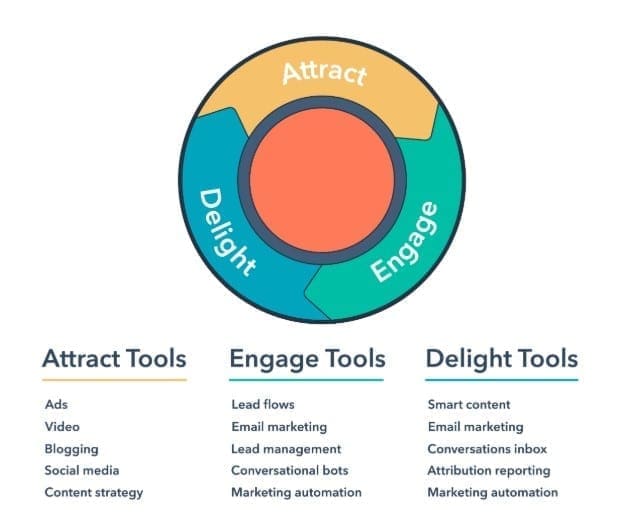
Want to learn more about inbound marketing for your business? Subscribe to the blog and follow us on social media.








